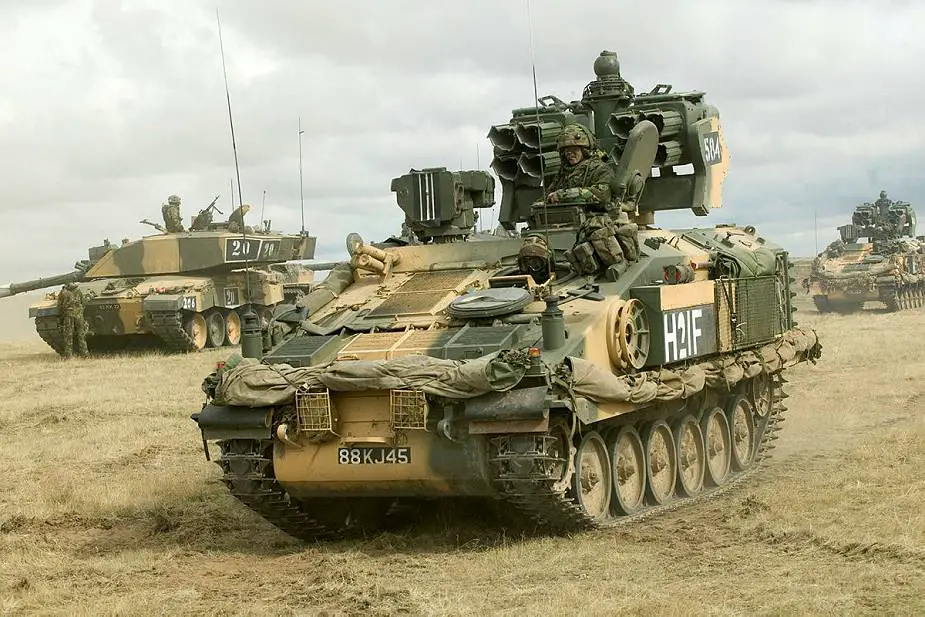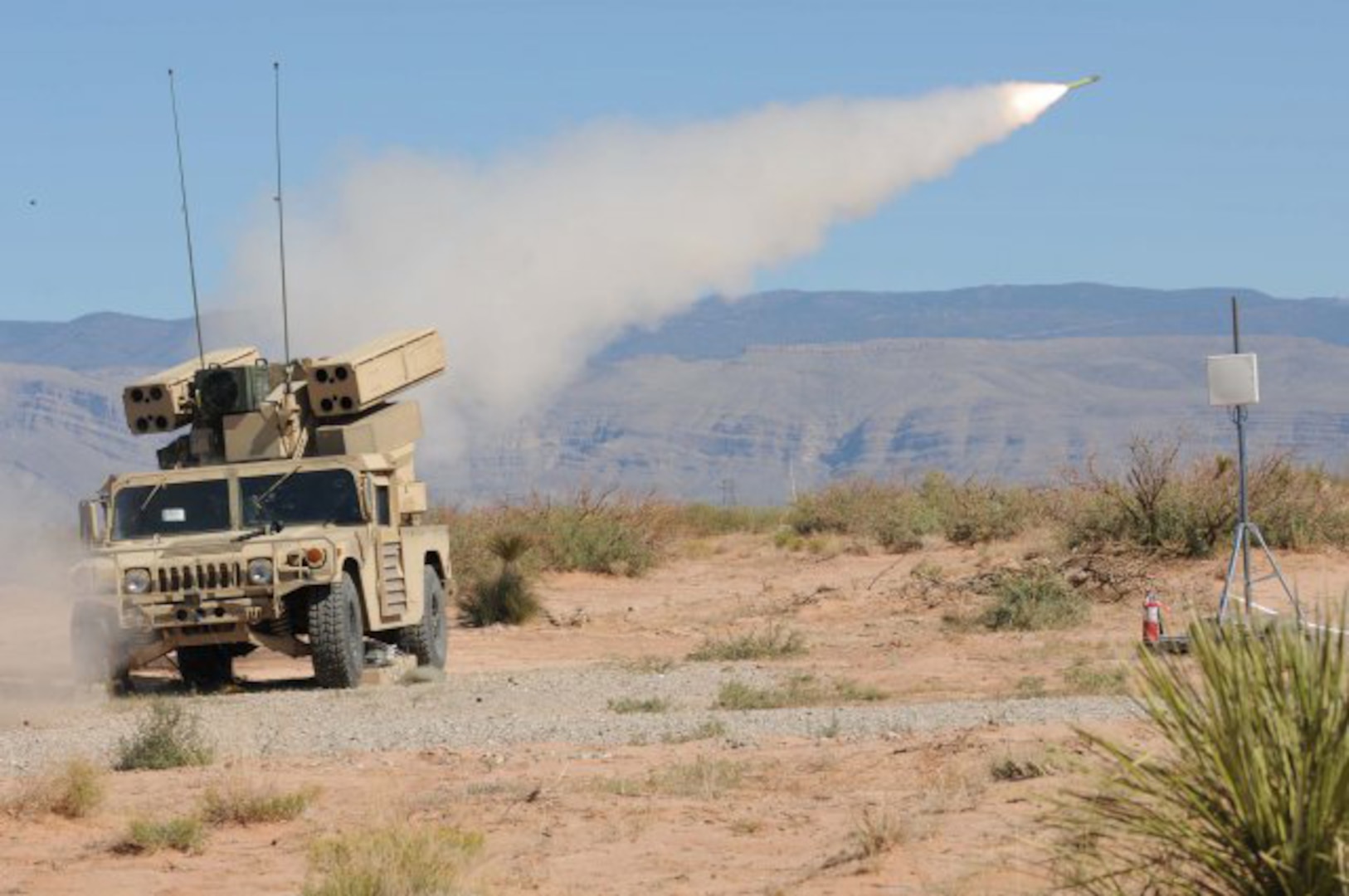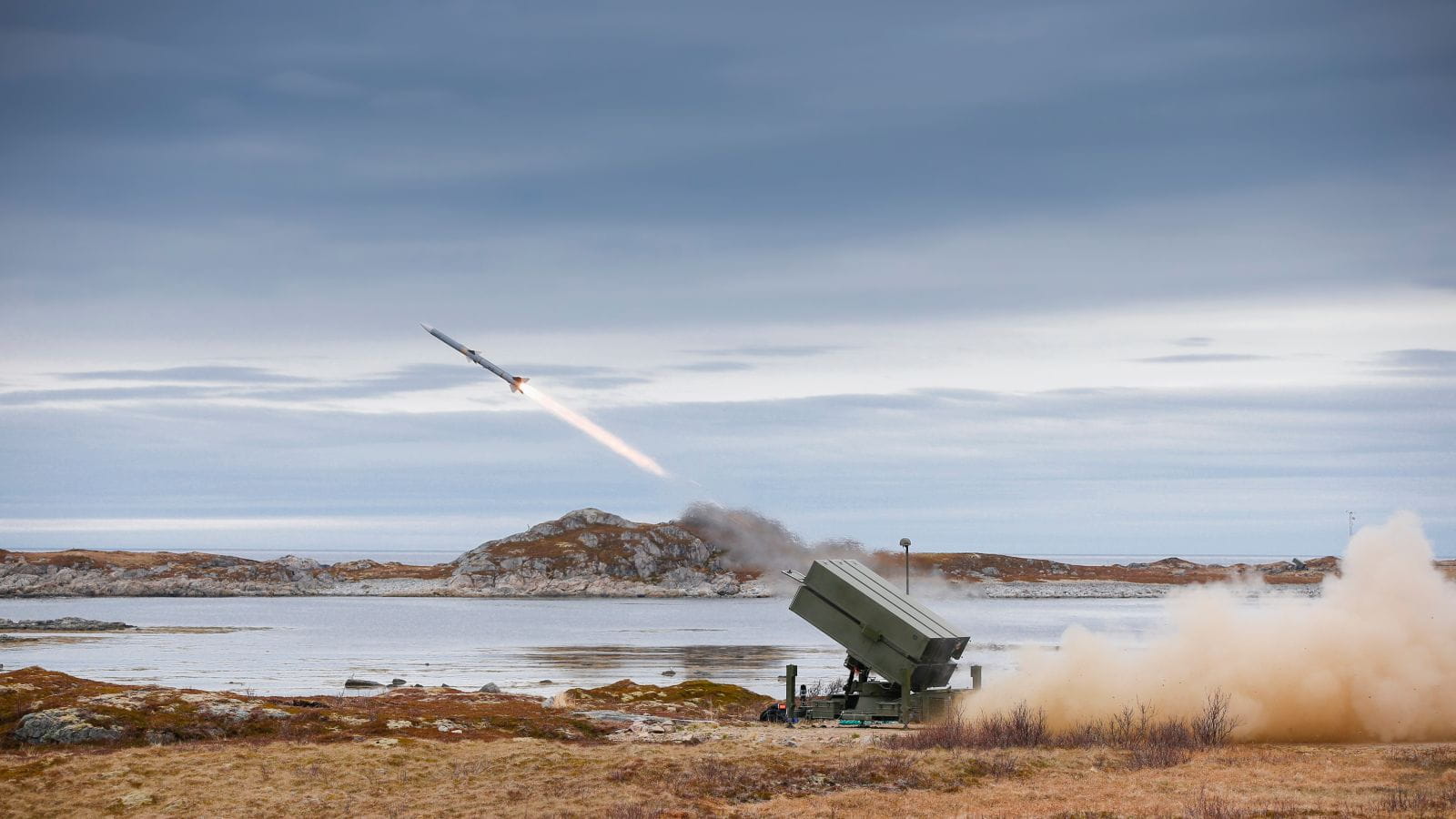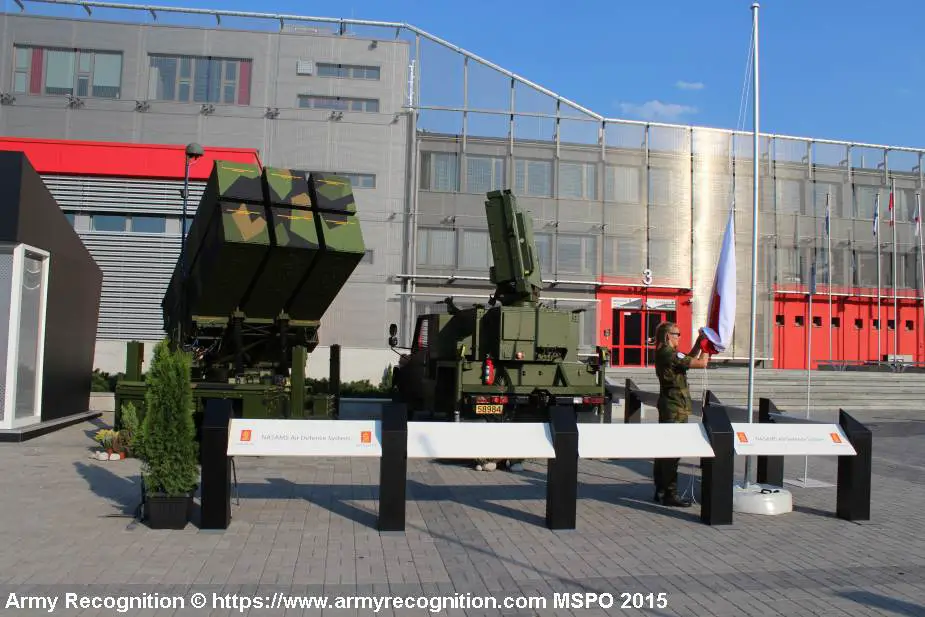daftandbarmy
Army.ca Fossil
- Reaction score
- 36,776
- Points
- 1,160

Please try to keep up: Asian = "New whites" So you don't qualify. Your own damn fault for not staying downtrodden and getting ahead by hard work and sacrifice.Hmm…a CFL, training base in Wainwright…5 years service then citizenship…
Do they have to learn both official languages too? Can I sign up?
Please try to keep up: Asian = "New whites" So you don't qualify. Your own damn fault for not staying downtrodden and getting ahead by hard work and sacrifice.
I’m actually surprised it’s that low.Now now... don't denigrate Asians like that
Above-average educational attainment among many Asian populations
Many Asian populations attained a bachelor’s degree or higher at rates that were well above the national average of 32.9%. Over half of the Korean, Chinese, South Asian and West Asian populations and over 40% of the Arab, Japanese and Filipino populations had a bachelor’s degree or higher (Chart 1).
In most cases, this high educational attainment was consistent across genders and generations. Among each of these seven groups, the share with a bachelor’s degree or higher was over 40% among both first- and second-generation women and men, except for first-generation (39.8%) and second-generation (29.9%) Filipino men. It was also over 40% among the third-generation-or-more Japanese and Chinese populations, though it was lower among third-generation-or-more South Asian people (26.3%).
A portrait of educational attainment and occupational outcomes among racialized populations in 2021
This Census in Brief article focuses on the education of racialized groups based on data from the 2021 Census of Population. It examines differences in educational attainment between and within racialized groups. The article also provides information on whether racialized populations found jobs...www12.statcan.gc.ca
The phalanx of Tiger Moms will redouble their effortsI’m actually surprised it’s that low.







I'm about 80% on board.Summary of Intent -
Canadian Rangers - Continue
Special Service Force - Replace
Territorial Brigades - Task and Equip Properly (Reserves)
Vital Point Guards - Create and Equip Properly (Reserves - Minimally Trained - up to 90,000 of them planned)
Northern Training Centre
I would take 2nd and 5th Brigades and remodel them on the Special Service Force structure and form them into a separate Division tasked to Joint Task Force North, along with Canadian Rangers Patrol Group 1. Allied to US 11th Abn Div.
Keep in mind that Perrin's Reserves were to be equipped with 1000 Bv206s and 200 Bison APCs.

WASHINGTON — When President-elect Donald Trump’s new defense secretary takes the reins of the Pentagon next year, they may quickly be faced with an internal debate to settle: whether the Army should continue with its traditional role of providing defenses for air bases, or whether the Air Force steps up to the task on its own.
At the core of the issue is not only the capabilities brought to the fight by each service, but how they will be funded. The Army has traditionally been charged with defending air bases, which is part of the reason why systems like Patriot and THAAD (Terminal High Altitude Area Defense) reside under the service’s control. But tepid investment during the Global War on Terror years, alongside the proliferation of missile threats from China and Russia, has led Air Force officials to begin openly grumbling that they feel the Army can’t, or won’t, make air base defense a priority — and that a change may be due.
“People keep saying, ‘Why isn’t the Army defending our air bases?’ And the answer is, there is nowhere near enough missile defense capacity for everything we need to defend. That is true of air bases, and true of lots of other kinds of bases, it’s true in Ukraine, in Israel — it’s not just the Air Force assets that need tons more help, it’s everything,” Karako said.

Canada had 5 reserve force batteries designated air defence from 1992 to 2011 and armed with S-15 Javelins (albeit they reroled to field artillery around 2005) There were quite a few more pre-1970.Just did a quick take on the RRCA from their Regimental site and decided to count batteries rather than regiments.
Came up with 40 Reserve batteries and 15 Regular batteries. How many of those could be turned into Air Defence batteries?
...
View attachment 89455

Canada had 5 reserve force batteries designated air defence from 1992 to 2011 and armed with S-15 Javelins (albeit they reroled to field artillery around 2005) There were quite a few more pre-1970.
The UK currently has one reserve air defence regiment - 106 (Yeomanry) Regt RA - with three batteries armed with Starstreak (essentially a Javelin replacement). Two batteries will be armoured and support manoeuvre forces and one equipped with dismounted light multiple launchers (LML)



106 RA is part of 7 AD Group, paired with 12 Regt RA and forms part of the Allied Rapid Reaction Corps.
The picture you posted is a NASAMS. I'm not aware of any country that assigns those to reserve forces. Based on the range, system components, role within an integrated system and probable maintenance requirements makes me think it would probably be a poor fit for reservists.
Canada is acquiring RBS 70 NG Manpad for Latvia under UOR which will be tasked to 4 Regt (GS) as well as a VSHORAD component under the GBAD project. IMHO, both of those are operable by reservists within a total force unit. I expect that 4 Regt (GS) will be the mounting unit for them which, IMHO, means the 5 Div reserve force arty units should be converting to supporting 4 Regt (GS) including in the AD VSHORAD and Manpad roles. That would make up to 4 batteries available (2 in NS and 2 in NB). I'd stretch it to adding 58 Battery from 6 RAC in Val Bel-Air in Quebec which was once a Javelin battery

The picture you posted is a NASAMS. I'm not aware of any country that assigns those to reserve forces.

The service’s 82nd Aerial Targets Squadron managed the launch and operation of the BQM-167, while personnel from the U.S. Army’s 263rd Army Air and Missile Defense Command and 1st Battalion, 204th Air Defense Artillery manned the NASAMS. The 263rd is part of the South Carolina Army National Guard, while 1-204th is an element of the Mississippi Army National Guard.

“People keep saying, ‘Why isn’t the Army defending our air bases?’ And the answer is, there is nowhere near enough missile defense capacity for everything we need to defend. That is true of air bases, and true of lots of other kinds of bases, it’s true in Ukraine, in Israel — it’s not just the Air Force assets that need tons more help, it’s everything,” Karako said.
The AMRAAM is one of the most widely used air-to-air missiles in the world, and stockpiles of it are higher than any other comparable system. As NASAMS uses existing air-to-air missiles such as the AIM-9 Sidewinder, AMRAAM, and AMRAAM-ER, there may be thousands of older missiles in NATO's arsenal that can be fired from a NASAMS battery without change. The AIM-9X variant includes an internal cooling system, eliminating the need for launch-rail nitrogen supply required by older variants of the missile.
A report has described NASAMS as "extremely well suited to Ukraine because of the massive numbers of missiles that NATO and allies can supply, specifically for the air defence system."In particular, older AMRAAM A and B models have been replaced, making available many older missiles which could be sent to Ukraine. For example the UK government has offered to donate "[h]undreds of additional air defence missiles" including the AMRAAMs.



Careful how you interpret that.Except for the US?

SAM System That Guards Washington DC Just Made Its Lowest Ever Intercept Of A Mock Cruise Missile
The National Advanced Surface to Air Missile System is critical to protecting Washington, D.C. and surrounding areas from air and missile threats.www.twz.com
Happy Guy said:RCAF is trying to learn and retain a semblance of Army fighting skills and there is still no dedicated base defence unit like the RAF Regt.
<tangent>
We have fighters and other expensive hardware in bases and deployed in QRAs. Who provides the security for that?
Note: I'm not advocating for the start-up of an "RAF Regt" or "RAAF Airfield Defence Guards".
</tangent>
Think Gulf War I in Qatar: we used regular Canadian infantry to defend the airfield. It's a legitimate task for infantry and air defence artillery.
Agreed and I'm sure that there are enough PRes troops who would be interested in a tasking like this.
Sadly.....
And I think airfield defence is a task for which a regional battalion could train so that it could have a platoon ready to go on short notice (say 10 days) and the rest of a company ready in another 20 days. And I suspect the equipment table for such a task is manageable for a reserve unit.
Easy fix.
Send in a Reg force element and seven days later rotate them out for their P Res replacements who have the long term task.
These are not issues that are difficult to solve. The problem is that there is very little will within the Reg F military establishment to assign standing tasks to P Res elements based on the fiction that they are not reliable and that you can't count on volunteers to show up when needed and that the administration to get them deployed takes too long. All self-inflicted wounds.
The power to call up reservists exists in the NDA but we've developed a culture within the government and especially the DND hierarchy to not use that power; this leaves us with a tradition of calling for individual volunteers from the P Res for each and every op or tasking -- basically a system that fosters uncertainty and so called unreliability.
I don't point at the US NG as THE model to replicate but it does show that one can have a low cost stand-by force that can be counted on to be there when a surge capability is needed.
But, I'm rambling again. If I don't watch out I'll be blithering on about why do we have Reg F armoured and artillery regiments when we only use them every half century? Wouldn't these be perfectly appropriate tasks to give to the reserves?
:bla-bla:
:cheers:
The other 'fiction' is that Reservists can't deploy because of full time jobs and family.
80% of my unit are kids at school, or employed in a variety of temporary/ low wage jobs.
Most would fight tooth and nail for a Class B or C position, doing anything.
Yeah, the argument was for deployed force protection at the time.Look at why I found rummaging around the cellars of this site
Happy Guy said:RCAF is trying to learn and retain a semblance of Army fighting skills and there is still no dedicated base defence unit like the RAF Regt.
<tangent>
We have fighters and other expensive hardware in bases and deployed in QRAs. Who provides the security for that?
Note: I'm not advocating for the start-up of an "RAF Regt" or "RAAF Airfield Defence Guards".
</tangent>
- dimsum
- Replies: 219
- Forum: Joint Forces
Some relevant quotes
....
The assumption in all of these was that the airfield being defended was overseas. Not in the reservists home town. Useful trial station - Winnipeg. The Armoury is on the air base. Greenwood/Aldershot. Lethbridge...
Yeah, the argument was for deployed force protection at the time.
Cold Lake doesn’t have a big Reserve presence so there would need to be a unit of some sort there. I would argue that the trial base should be one where the assets will be most required - Cold Lake, Bagotville, Comox, or Greenwood at first.
Putting it in an area with established Reserve presence but not as high a need may prove the staffing requirements but if those can’t be replicated in Cold Lake then the point is moot.
The who? AOS? What is that? I am a retired dinosaur, please bring me up to speed.new caf trade, similar to the AOS one.
